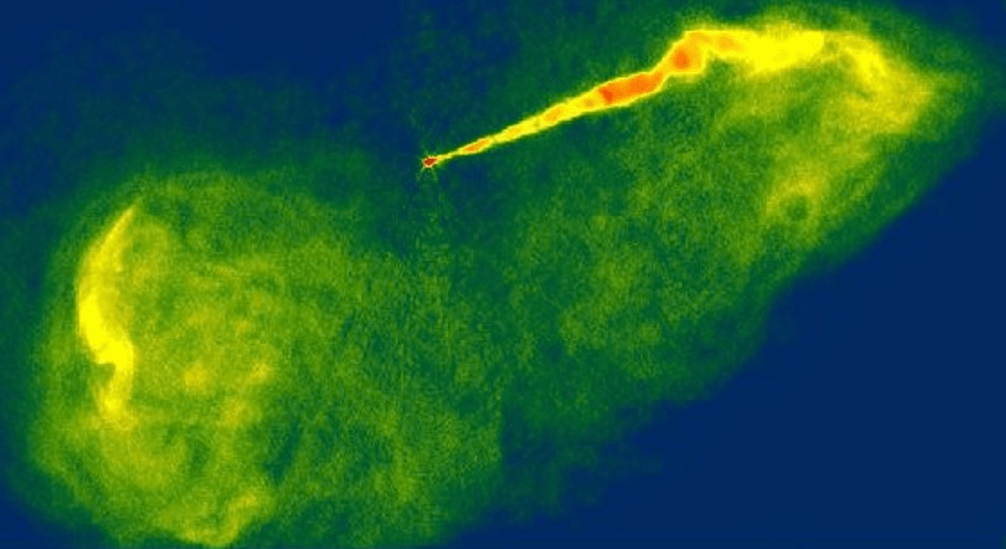Watching a Little Gas Cloud on its Way into the Galactic Supermassive Black Hole

Andreas Burkert
Ludwig Maximilians Universität München
The Galactic center is one of the most fascinating and extreme places in the Galaxy. Harboring a supermassive black hole with a mass of order 4 million solar masses it experiences cycles of activity and star formation, separated by periods of quiescence that last of order a million years. The...


 和 英
和 英 




